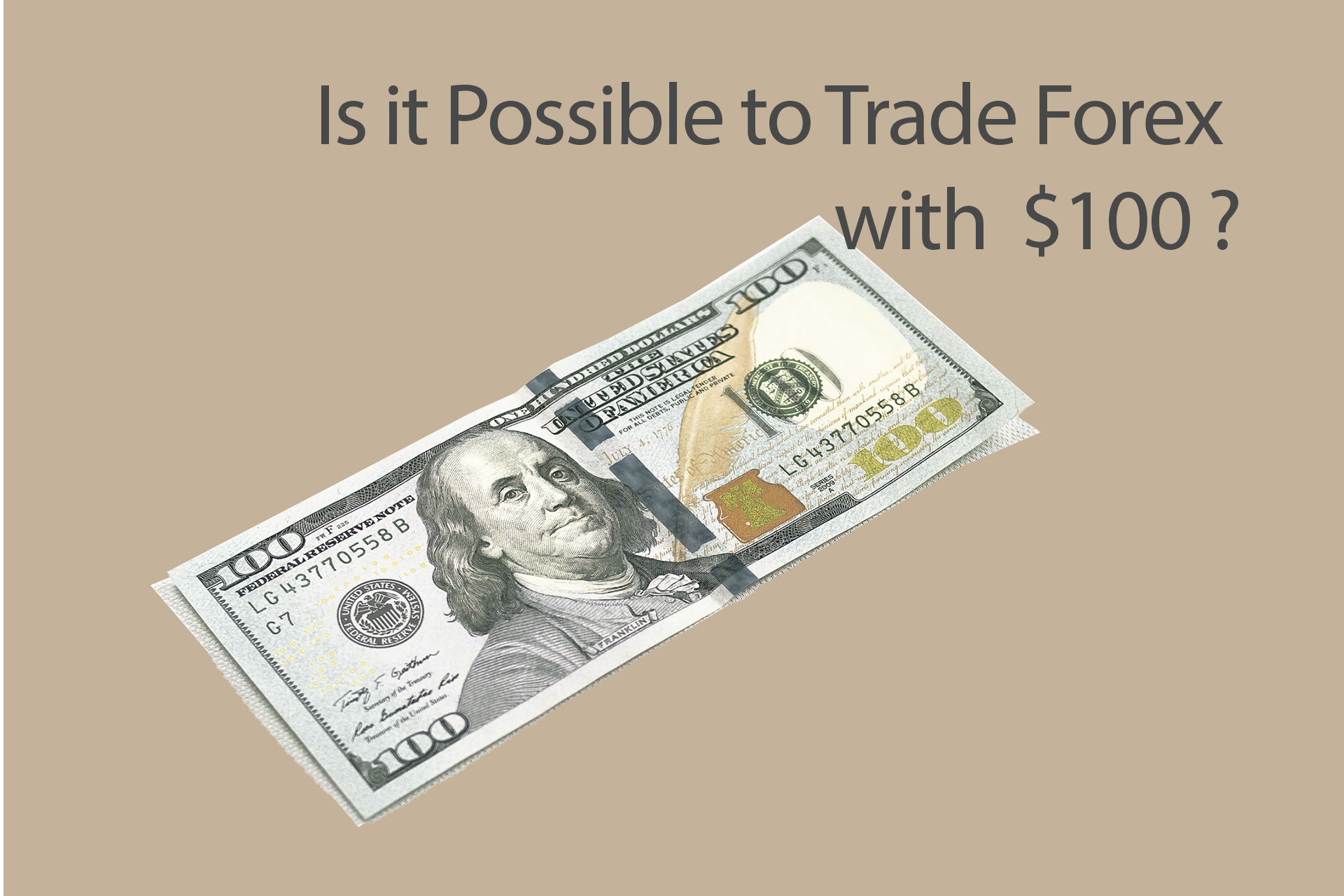
Is it Possible to Trade Forex with $100?
Forex trading, also known as foreign exchange trading, is a marketplace where currencies are traded. It operates 24 hours a day across various time zones, allowing traders to buy and sell currencies in an attempt to profit from changes in exchange rates. Trading on the Forex market has become increasingly accessible to individual investors, thanks in part to online trading platforms and the availability of micro accounts.
One question often arises for new traders: is it possible to start trading Forex with just $100? While this amount may seem small compared to the vast sums traded daily in the Forex market, it is indeed possible to begin with such a modest capital. However, understanding both the opportunities and risks associated with starting with $100 is crucial for making informed decisions.
One question often arises for new traders: is it possible to start trading Forex with just $100? While this amount may seem small compared to the vast sums traded daily in the Forex market, it is indeed possible to begin with such a modest capital. However, understanding both the opportunities and risks associated with starting with $100 is crucial for making informed decisions.

Is it Possible to Trade Forex with $100?
Understanding Forex Trading
To begin with Forex trading, it’s essential to understand how the market operates. At its core, Forex trading involves buying one currency while simultaneously selling another. Traders speculate on currency pairs like EUR/USD or GBP/JPY, trying to predict whether one currency will strengthen or weaken relative to another.Several key terms are foundational in understanding Forex:
Leverage: This allows traders to control larger positions than their actual capital would allow by borrowing additional funds from their broker. For instance, with 1:100 leverage, a trader can control a $10,000 position with just $100.
Pips: The smallest price move in a currency pair. For most pairs, one pip equals 0.0001.
Currency Pairs: These consist of a base currency and a quote currency; for example, in EUR/USD, EUR is the base currency and USD is the quote currency.
Common strategies used by traders include technical analysis (studying price charts) and fundamental analysis (examining economic indicators). Other strategies might involve trend following or scalping—making numerous trades over short time periods.
Options for Trading with $100
Despite what might seem like an insurmountable hurdle due to limited funds, several brokers offer micro accounts that cater specifically to small-scale traders. These accounts typically require very low minimum deposits—sometimes as low as $10—and allow trading in smaller lot sizes.The benefits of starting small include higher potential returns on investment when successful trades are made using leverage. Additionally, it allows beginner traders an opportunity to learn without risking substantial amounts of money.
However, there are limitations too—small capital can result in more significant percentage losses if trades go wrong due to high leverage. Moreover, profits might be modest compared to those achieved by larger investments.
Various tools and platforms support small-scale traders; these include MetaTrader 4/5 for charting and automated trading systems or mobile apps offering real-time quotes and news updates tailored specifically for retail investors.
Risks Involved in Small Capital Trading
Trading with a small amount like $100 presents several challenges:High Leverage: While this can amplify profits significantly on winning trades, it also means potential losses could wipe out your entire investment rapidly if trades move against you.
Market Volatility: Currency markets can be highly volatile; sudden movements triggered by economic news or geopolitical events can lead quickly into loss-making territory.
Psychological Challenges: Overtrading (making too many trades) or making emotional decisions rather than logical ones often affect beginners who may feel pressured due to their limited capital base.
Case studies frequently highlight these pitfalls—new traders might ignore stop-loss orders hoping market direction will reverse or chase after quick gains leading them into poor decision-making scenarios frequently resulting in considerable losses despite initial successes…
Conclusion
So, is it feasible to start trading Forex with just $100? Technically yes; however practical success requires careful consideration of various factors including education about markets/tools/strategies as well as strict adherence towards risk management practices alongside maintaining realistic expectations…
In conclusion understanding both opportunities & inherent risks involved starting off lower base capital especially within highly leveraged environments such forex investing crucial ensuring longevity ultimately achieving sustainable growth instead merely chasing quick profits…
Forex trading, Risk management, Starting capital, Financial markets, Investment strategies
So, is it feasible to start trading Forex with just $100? Technically yes; however practical success requires careful consideration of various factors including education about markets/tools/strategies as well as strict adherence towards risk management practices alongside maintaining realistic expectations…
In conclusion understanding both opportunities & inherent risks involved starting off lower base capital especially within highly leveraged environments such forex investing crucial ensuring longevity ultimately achieving sustainable growth instead merely chasing quick profits…
Forex trading, Risk management, Starting capital, Financial markets, Investment strategies









Report
My comments